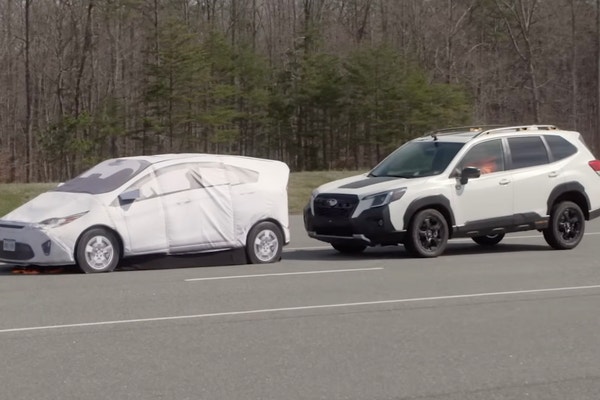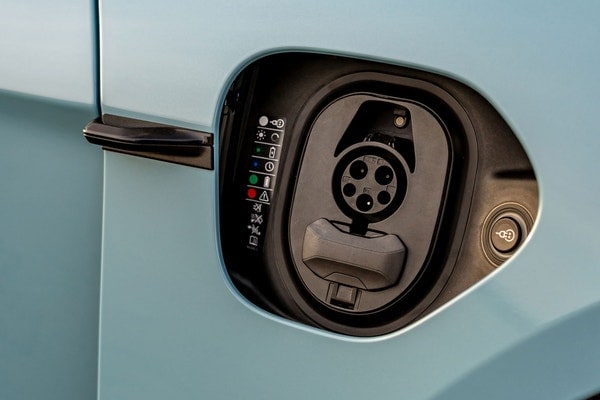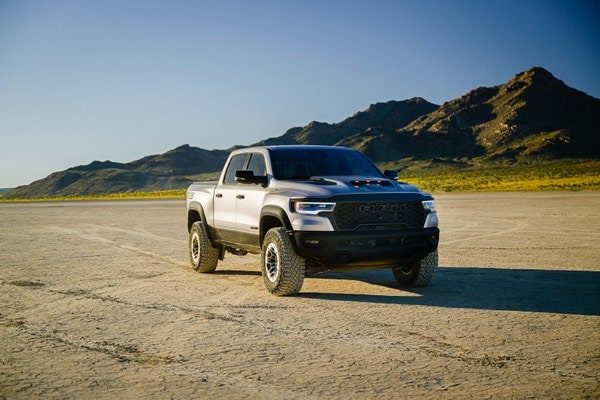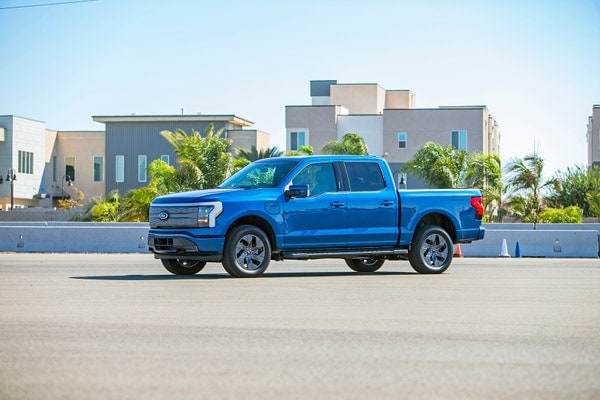Used 2016 Ford Transit Connect Cargo Van XL Minivan Review
Consumer reviews
Read what other owners think about the 2016 Ford Transit Connect Cargo Van XL Minivan.
Most helpful consumer reviews
Jekyll and Hyde car
Zack, Tucson, AZ, 08/12/2017
2016 Ford Transit Connect Cargo Van XL 4dr Minivan w/Rear 180 Degree Doors LWB (2.5L 4cyl 6A)
Be prepared for abundant harrassment by warning lights, chimes (way too loud) and occasionally the horn. The windshield pillar reinforcements cause blind spots especially dangerous to impulsive pedestrians at crosswalks. The I.M. says not to run the wipers in dry conditions, but of course this happens accidentally on account of their bizarre stalk controls. The van lurches during … braking, acceleration, and on right angle turns around town. In hot weather the dashboard turns into a huge, hot radiator. In foggy or rainy weather, when backing up it is necessary to turn the headlights off in order to see the tiny backup camera screen. The steering wheel interferes with seeing most of the instruments including the speedometer The exterior lights are rigged so that they can stay on indefinitely when you open and shut doors, as for a thorough cleaning, thus threatening to discharge the battery. On the + side, it has plenty of pep which is why I think it outsells the anemic Nissan 200 although the Nissan has a better, more business-like interior. Both brands have good seats using woven material. The Ford's select shift worked well climbing 5500 feet up to Flagstaff, AZ at 70 mph. It kept going through the flooded streets of Tucson the rainy summer of 2017.
Edmunds Summary Review of the 2016 Ford Transit Connect Cargo Van XL Minivan
Pros & Cons
- Pro:Punchy and efficient turbocharged engine
- Pro:two available body lengths
- Pro:customizable cargo area
- Pro:less expensive and more involving to drive than regular minivans.
- Con:Turbo engine unavailable on long-wheelbase wagon
- Con:second row doesn't slide or recline
- Con:limited payload and towing capacities
- Con:unimpressive mpg with base engine.
Full Edmunds Review: 2016 Ford Transit Connect Minivan
Edmunds Insurance Estimator
The Edmunds TCO® estimated monthly insurance payment for a 2016 Ford Transit Connect in Ohio is:
not availableLegal



